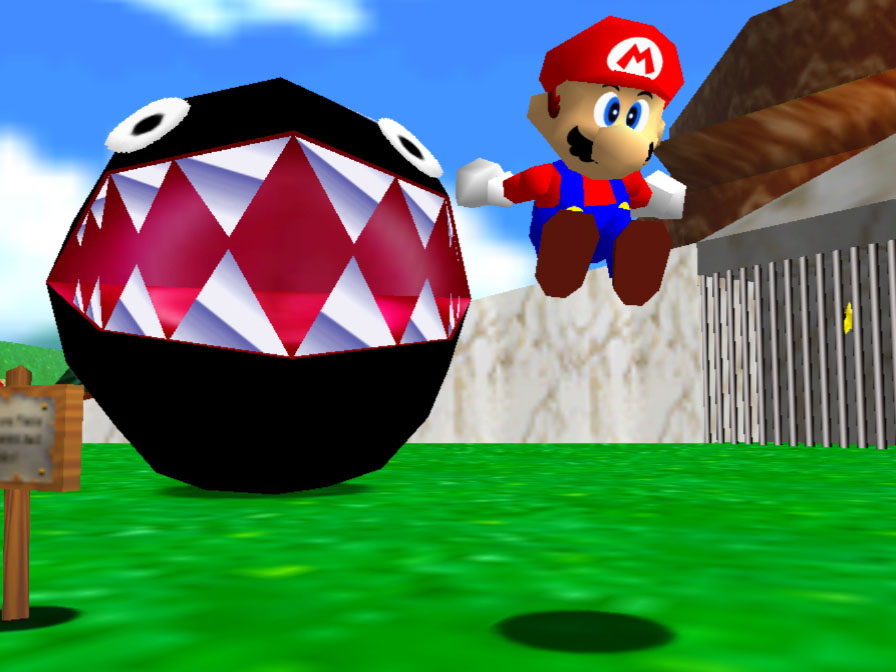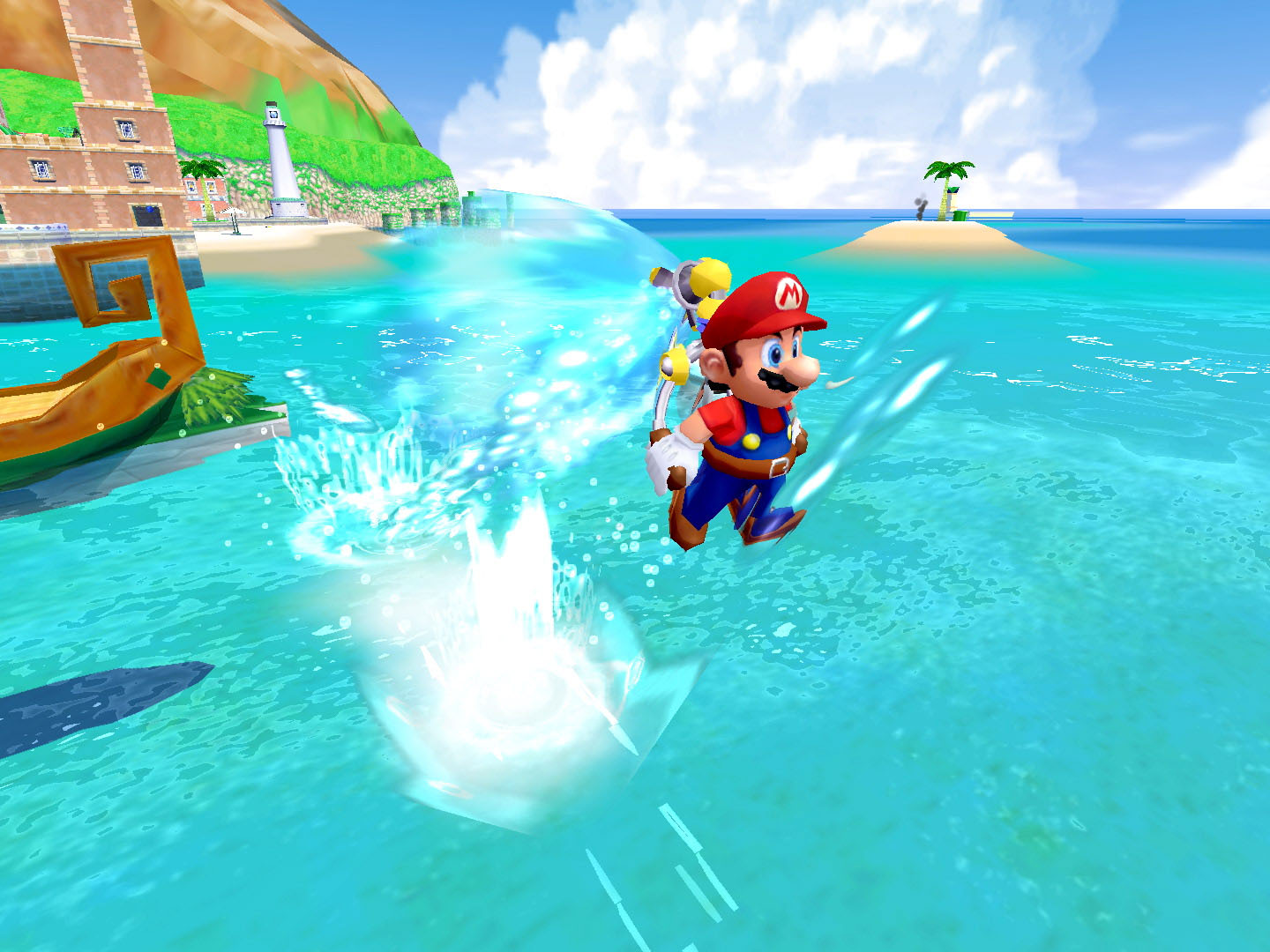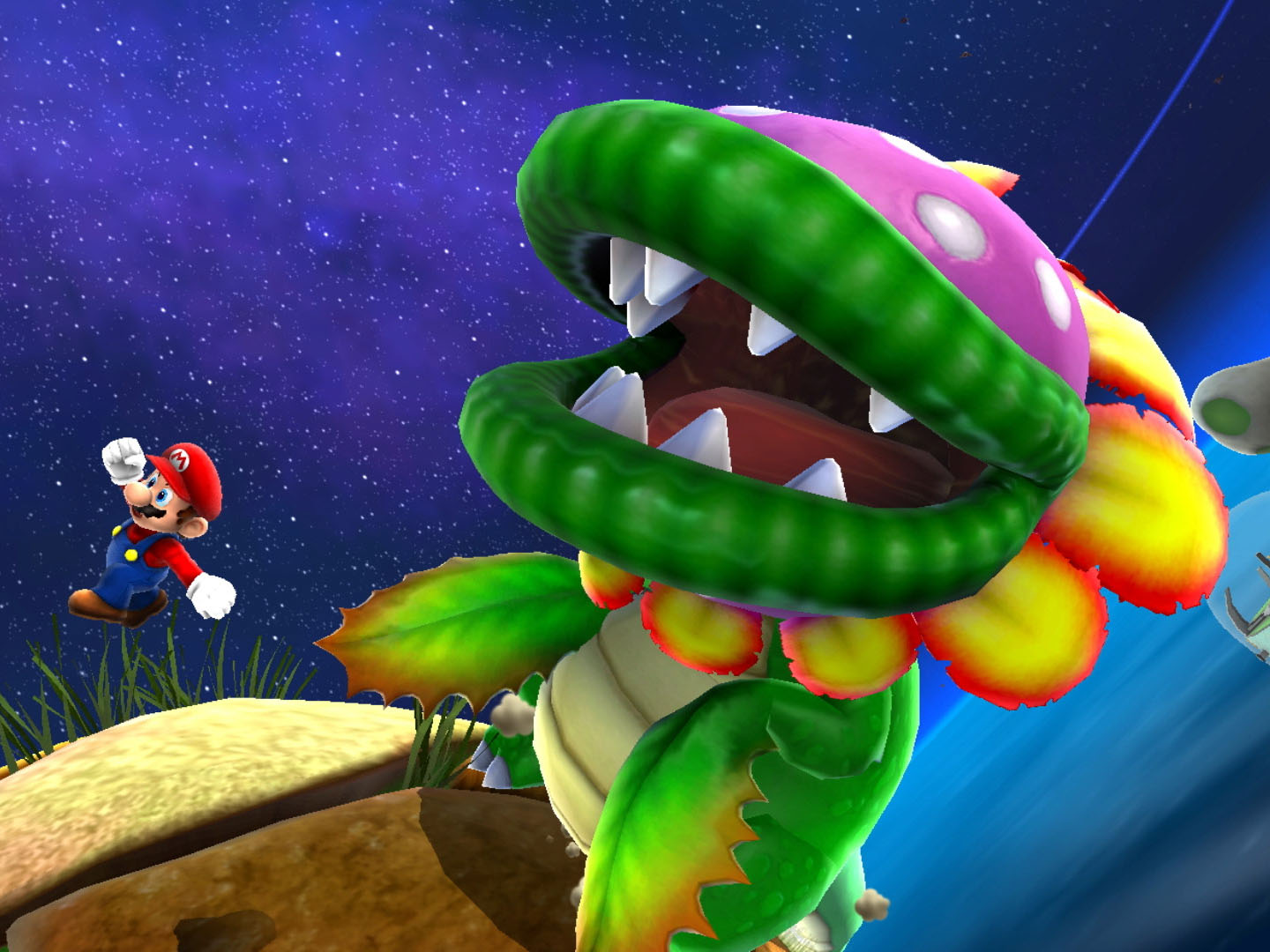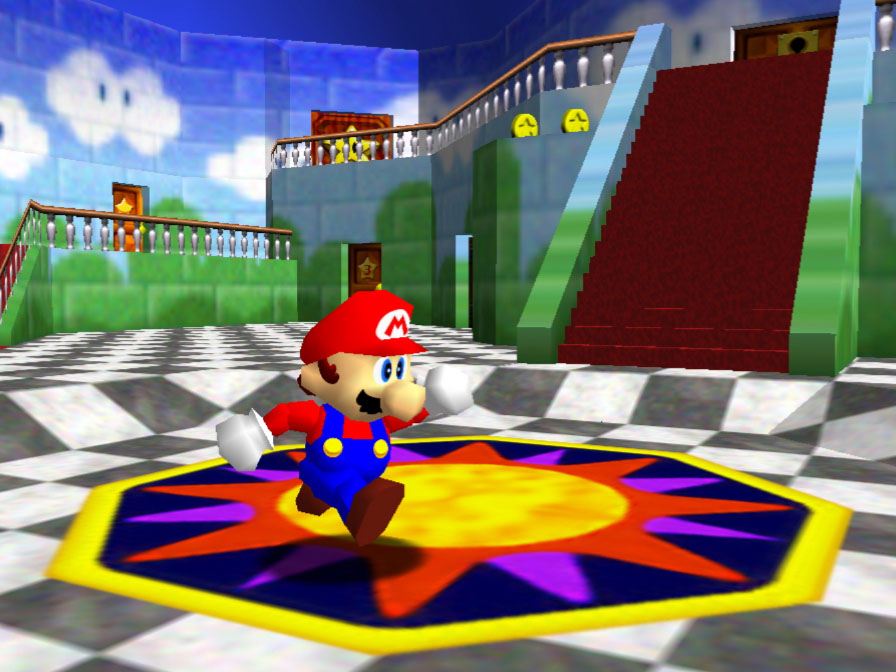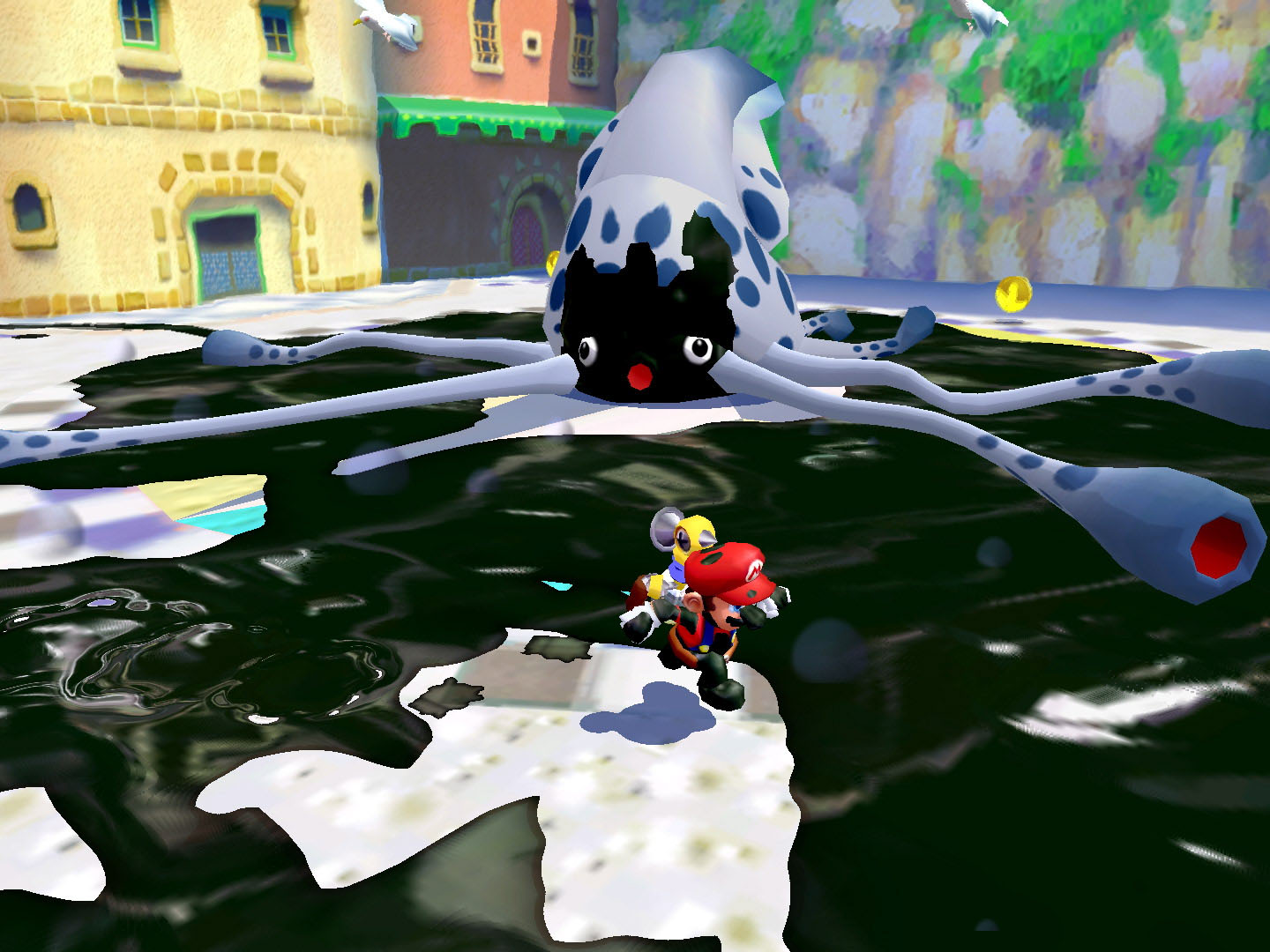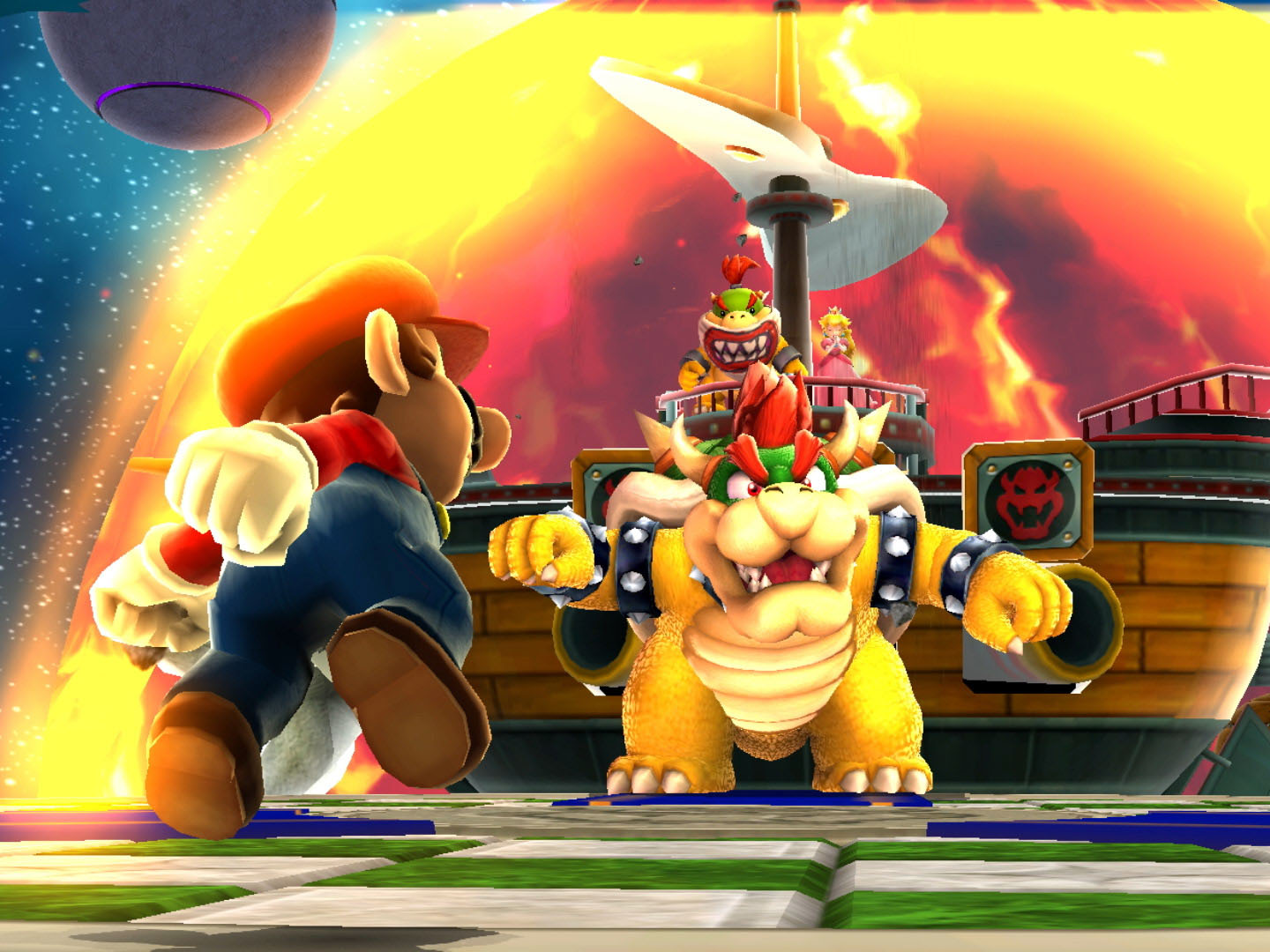Super Mario 3D All-Stars review
Great games in a not-so-great anniversary collection
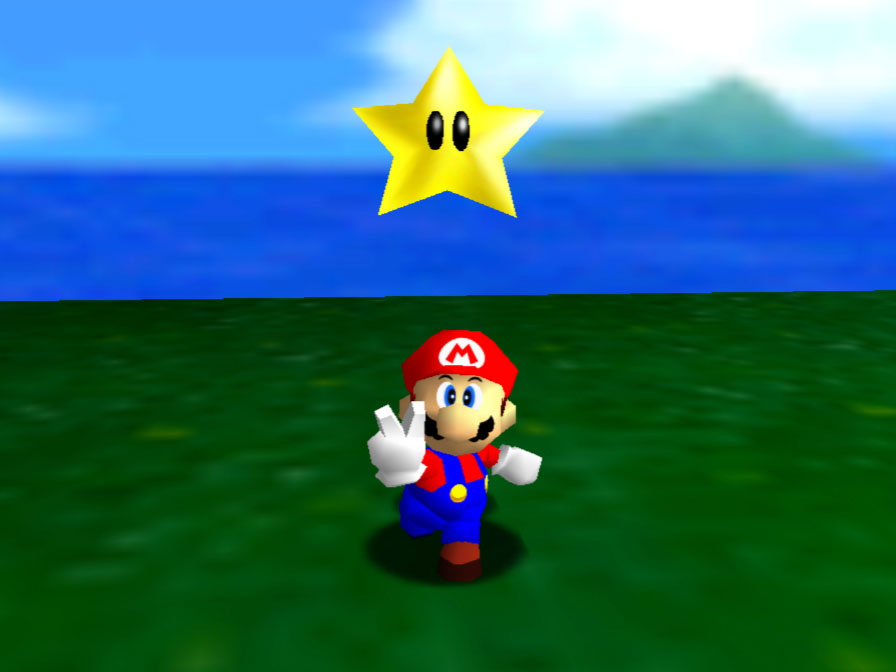
Be they a bandicoot, a wisecracking hedgehog, a posh explorer or a jumping space marine, no video game character is as iconic as Mario.
Nintendo’s moustachioed mascot has starred in countless games, from the classic 2D side-scrollers, to kart-racers, RPGs, various sport spinoffs, and several in which he is for some reason made entirely of paper. There really isn’t a more versatile plumber in the kingdom, Mushroom or otherwise.
Throughout 2020, Nintendo has been marking 35 years since the original Super Mario Bros. game launched on the Nintendo Entertainment System, with one of its recent announcements being Super Mario 3D All-Stars, a multi-era-spanning compilation of three of Mario’s console 3D adventures, all optimised for the Nintendo Switch.
Two of them, Super Mario 64 and Super Mario Galaxy, are two of the best games ever made. The other is Super Mario Sunshine, the GameCube sequel to 64 that is regarded as perhaps the most divisive game in the series.
For Mario lovers, the opportunity to revisit or play through for the first time all three of these games on what is arguably Nintendo’s greatest console of all is pretty exciting. But be warned that you’re paying full whack for a bare minimum remaster, and we’re not convinced you can call 3D All-Stars a remaster at all.
And as we’ll get to later, there’s another 3D Mario game that should really be in here too.
It’s-a three!
But first, the games Nintendo has included.
The most important (if not the most enjoyable to play today) of the trio is undoubtedly Super Mario 64. Not only did it bring the plumber into a three-dimensional realm for the first time, but it showed the world what was possible with 3D gaming, and there have been very few video games since that weren’t in some way influenced by it.
Controlling Mario has always been fun, but in 1996’s 64, Shigeru Miyamoto and his team devised for him an acrobatic moveset that made the most of the N64 controller’s analogue stick and was pure joy to master. Although it was obviously anything but, Nintendo made the transition from 2D to 3D platforming look effortless.
No matter how many times you’ve played this game (for us it’s at least three), star-hunting and Goomba-stomping in courses like ‘Cool, Cool Mountain’, ‘Big Boo’s Haunt’ and the deliriously inventive ‘Tiny-Huge Island’ on the Nintendo Switch is as irresistible as it’s been on any of the various formats Nintendo has released its genre-defining classic on in the past.
Following Mario 64 was always going to be a daunting task, and rather than take the safe option, Nintendo decided to get a bit weird with its first 3D sequel. In the GameCube’s Super Mario Sunshine, Mario and the gang have decided to take a well-earned break from foiling Bowser’s evil schemes by jetting off to the tropical island resort of Delfino. But inevitably, it’s not long before the overworked plumber is on hero duty once again.
Sunshine remains a curio in the Mario series, and it really should have worked. Delfino is a vibrant, colourful island playground, while F.L.U.D.D, the water cannon-cum-jetpack Mario wears throughout the game, provides some memorable platforming moments.
But it lacks the extra layer of quality that all the best Nintendo, and particularly Mario, games have, its gameplay isn’t as tight as series veterans demand, and while its slightly off-kilter personality makes the game worth checking out for Mario historians, Sunshine is without question the weakest title in this package.
For our money, 2007’s Super Mario Galaxy is not only the highlight of the 3D All-Stars collection, but quite possibly the crown jewel of the entire Mario back catalogue.
The game, in which the plumber’s bi-monthly Peach rescue mission sees him blasted into space, is Nintendo at its ludicrously creative best. Super Mario 64 showed us how exciting 3D games could be, but in Galaxy the developers were no longer restricted by the boring presence of gravity, and the result is a planet-hopping epic that never runs out of surprises. And a glorious orchestral soundtrack only elevates it further.
It’s-a remaster?
So the games themselves, or at least two of them, are bona fide classics. But we’re not reviewing the games. We’re reviewing the compilation, and whether these games have been given enough enhancements to warrant the £50 price tag.
Well, if you were expecting Super Mario 3D All-Stars to do to the portly plumber’s three adventures what the recent Tony Hawk’s 1+2 remake did to a 20-year-old duo of skateboarding games, you’re going to be disappointed.
Unlike the original Super Mario All-Stars, a 1993 SNES remake of four 2D Super Mario games from the generation previous that really made the most of the more powerful hardware, 3D All-Stars‘ games are straight-up emulations with a slight resolution bump.
Super Mario 64 might lose some of its blocky old-school charm in a ground-up remake, but while it’s definitely sharper here than it was 1996, those textures can look a bit bland nowadays. And surely Nintendo could have sorted the famously dodgy camera out?
64 still runs at its original 30fps too, as does Sunshine, but the latter is at least playable in 16:9 now. Those revisiting the landmark N64 title will have to put up with black bars.
Owing to its boundless artistic imagination, Super Mario Galaxy still looks fantastic 13 years on, but it feels like a Wii port. The motion control bits work fine if you’re using the Joy-Cons while the Switch is docked, but in handheld their functionality is quite gracelessly shoehorned into the touchscreen.
And as for extra anniversary content, there isn’t any, save for the three soundtracks, which can all be listened to at your leisure on the menu screen. Nice, we suppose.
It’s-a missing something?
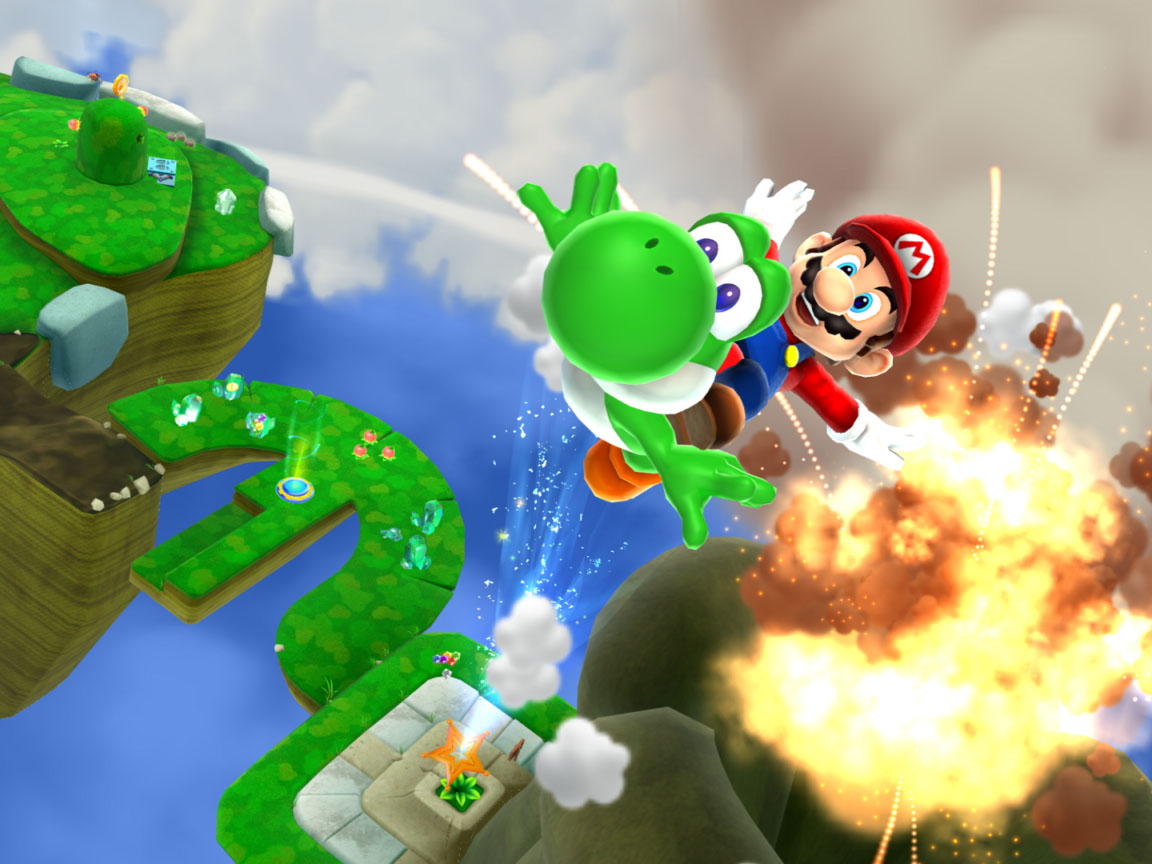
The rather lazy presentation would have been easier to swallow if Nintendo had also included 3D All-Stars‘ glaring omission: Super Mario Galaxy 2.
Clearly having too many ideas to fit into one game, Nintendo shortly followed up on its Wii hit with a second entry bearing the Galaxy name. Gone was the actually-quite-touching story and hub over-world, but in its place was Yoshi and, somehow, even more mind-bendingly brilliant courses.
If Galaxy 2 was no more than an expansion pack, it was arguably the best expansion pack of all time, and we really have no idea why Nintendo didn’t include it. Perhaps that game will be given the full remake treatment, but it doesn’t really need it. Call us greedy, but Super Mario 3D All-Stars feels incomplete without a certain dinosaur.
Super Mario 3D All-Stars verdict
A tricky one. Allow us to be very clear: Super Mario 64 and Super Mario Galaxy are two of the very best video games ever committed to code, while Sunshine has some enjoyable moments and is more than worth sampling, even if it’s just to see how much better its follow-up was. If you’ve never played these games and have a Nintendo Switch, you really should buy 3D All-Stars, especially as Nintendo will stop selling it altogether in the first half of next year.
But the rest of us? Again, tricky. If you love Mario, can you really resist having three of his most prominent games on your Switch? Replaying Galaxy in particular, wonky controls aside, has been a delight.
Just know that Nintendo really hasn’t put much effort into this compilation, and given that it’s supposed to be a celebration of 35 years of its Wahoo-ing mascot, that’s a little bit disappointing.
Stuff Says…
Some of the best video games experiences you will ever have in a slightly underwhelming anniversary package
Good Stuff
Super Mario 64 and Super Mario Galaxy are exceptional, timeless games
Galaxy still looks great
Fascinating to experience the evolution of 3D Mario games in one package
Bad Stuff
Almost nothing new and few bonus features for series veterans
The games are barely remastered
Camera issues in the first two games remain
Galaxy is awkward to play in handheld
